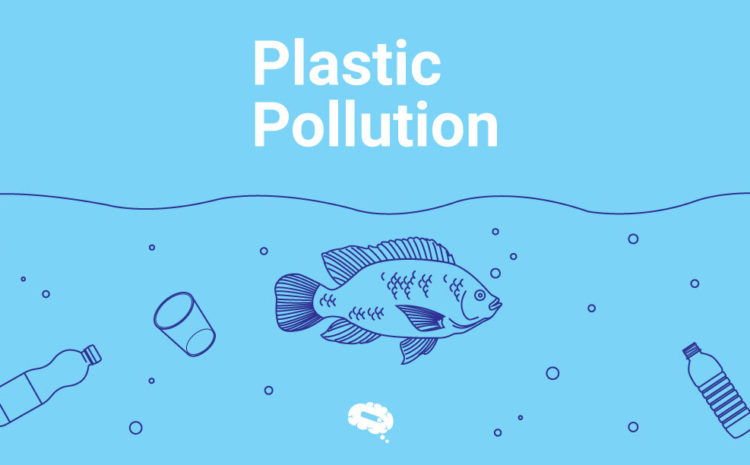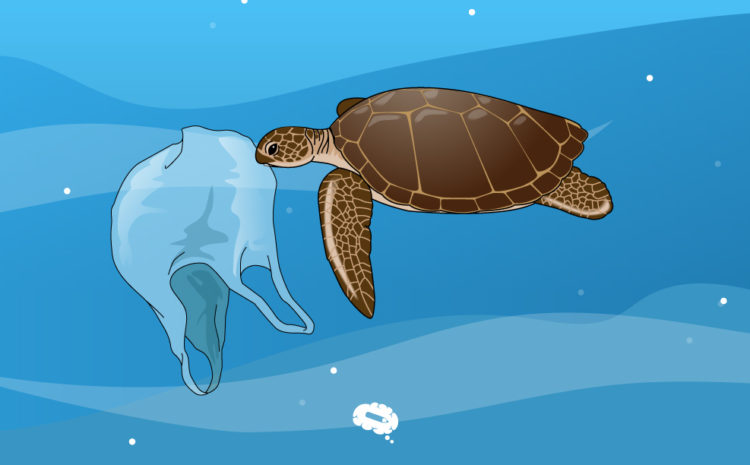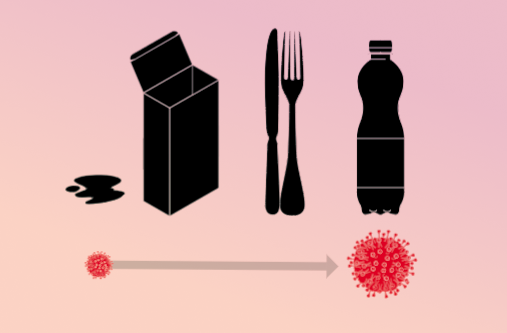Almost 20 years have passed since researchers discovered the danger of microplastics – the majority of studies have focused on marine life.
Any plastic fragment under 5 millimeters long is termed a microplastic.
In the early days of microplastic research, researchers worked primarily on microbeads and virgin plastic pellets that couldn’t be molded into products, including pieces of large debris or broken bottles that slowly deteriorated.
Check out Mind the Graph Gallery illustrations related to the topic of this blog post. Click on the image below!
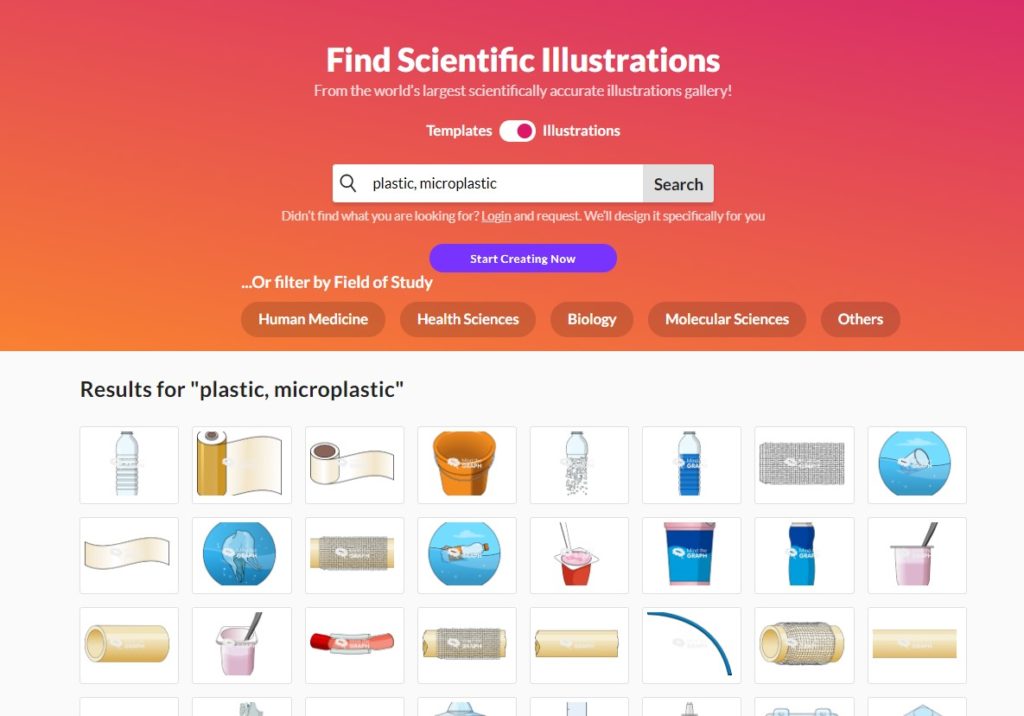
These pollutants wash down rivers and contaminate the oceans. Oceanographers estimate that the earth’s surface waters contain anywhere between 15 trillion and 51 trillion particles of plastic.
Several hundred studies reveal the presence of microplastics in aquatic organisms. Furthermore, numerous microplastic sources have been identified since then, such as plastic particles carried by vehicles on roadways and synthetic fibers shed by clothing.
In addition, people are ingesting or inhaling plastic from unidentified sources because debris blows between sea and land. It is also important to determine whether or not tiny pieces of plastic have any negative effects on humans or animals.
By measuring exposure to pollution, environmental regulators are taking the first step toward quantifying the health risks. In light of the rise of microplastic concentrations and other disorders that may be caused by consuming seafood, this has been a cause for major concern and new developments in cases of breathing issues.
How exactly do microplastics harm?
The causes and effects of these plastic particles have been the subject of a number of studies. Depending on their size or ability to penetrate tissues or cells, they may cause irritation just by their presence.
Nano plastics, the tiniest of particles, bigger than a micrometer in diameter, are the biggest concern for researchers. If any negative effects result from the chemical toxicity of microplastics, they tend to have greater size.
Many additives used in the manufacture of plastics pose a health risk by negatively impacting the endocrine system. Nevertheless, there are many factors that are being studied to understand how microplastic is ingested and how long it takes for its effects on the body to manifest.
Studies on humans specifically have been limited and this research has been brought into focus even though the only studies available utilize laboratory experiments that expose cells and human tissues to microplastics or animal studies involving rodents.
The damage of microplastics to the marine environment
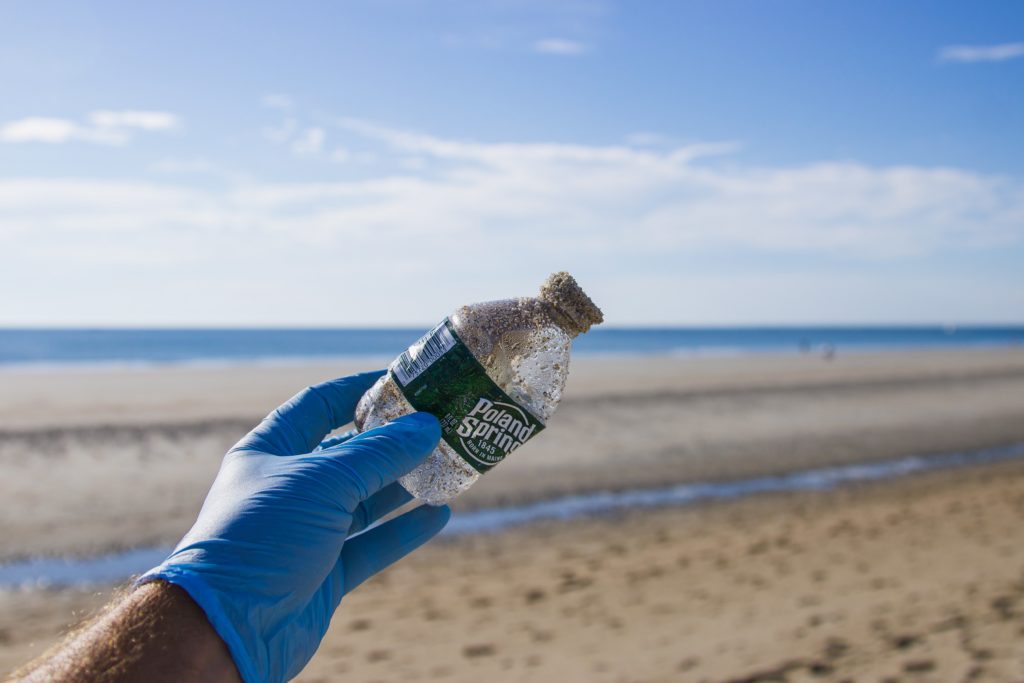
If you’re talking about marine organisms, the most obvious way that plastic might harm them is that they swallow tiny plastic particles that don’t provide much nutrition, in order to survive. In her research, Lynch, who directs the Center for Marine Debris Research at Hawaii Pacific University in Honolulu, examined plastics and other chemicals in the guts of sea turtles found dead on beaches.
Her team performed a series of analyses on nine hatchlings under three weeks old in 2020. Despite being only 9 centimeters long, one hatchling’s gastrointestinal tract had 42 pieces of plastic. The majority were microplastics.
Although microplastics are not believed to be the main cause of death, they remain an extremely important concern. Furthermore, many leading scientists have made various discoveries related to microplastics and marine organisms.
As an alternative to spheres, scientists are now using fibers or fragments of plastic that are more realistic for environmental conditions. Many testing assays are coated with chemicals that are similar to biofilms, which increase the likelihood of animals eating them. In this way, there has been a positive shift in recognizing the harmfulness of microplastics.
Currently, researchers believe that microplastics and nano plastics are not present in enough concentration to affect human health. Nevertheless, their numbers are expected to grow.
If we switch to a sustainable way of life and reduce toxic waste being dumped into the sea, we can still control this problem.
For a detailed description of the article, please see the DOI mentioned below.
Check out Mind the Graph Gallery for illustrations related to plastics and the sea.

Subscribe to our newsletter
Exclusive high quality content about effective visual
communication in science.

